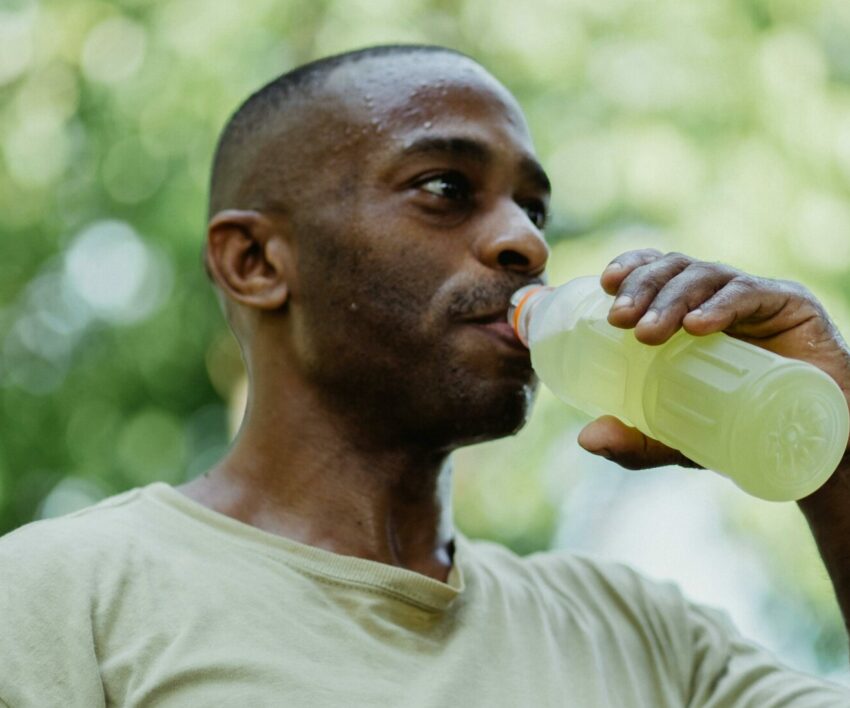What to know about the designer drug pink cocaine linked to former One Direction boy band star Liam Payne and Sean ‘Diddy’ Combs.
The preliminary toxicology report for Liam Payne shows the former One Direction singer had multiple substances in his body when he plunged to his death from the third floor of the CasaSur Palermo Hotel in Buenos Aires last week.
According to the initial report cited by US media, a cocktail of drugs, including “pink cocaine”, crack cocaine, cocaine and benzodiazepine, had been found during a partial autopsy.
It also shows traces of “pink cocaine” – a combination of ketamine, methamphetamine, MDMA (ecstasy) and other substances.
The final toxicology results are not expected to be made public for some weeks.
Liam Payne: Toxic drug mix and death
Moments before the 31-year-old British pop star’s tragic death last Wednesday, hotel staff called the police reporting an “aggressive man” who was “destroying” a hotel room while being “overwhelmed by drugs and alcohol”.

Argentinian newspaper Clarin published photos last week of what it said was the interior of Payne’s room, with white powder visible on a table next to a piece of aluminum foil and a lighter. The pictures also showed a television with a broken screen.
According to NZ Herald, local law enforcement is treating his death as “inconclusive” and seeking the dealer who supplied him with drugs that evening.
Struggles with substance abuse
Payne and his model girlfriend, Kate Cassidy, travelled to Buenos Aires to attend his former bandmate Niall Horan’s concert on 2 October and ended up staying for two weeks.


The Get Lowsinger opened up during a 2021 episode of the Diary of a CEO podcast about his struggles with substance abuse and coping with fame from an early age.
What is pink cocaine?
From its origins in Latin American night clubs as as party drug in 2010, pink cocaine – which acts as both a stimulant and a depressant – has grown in popularity in recent years.
According to ABC News, pink cocaine also recently surfaced in a lawsuit filed by Sean “Diddy” Combs’ former music producer Rodney Jones.
Combs is currently in jail as he awaits trial on sex trafficking and other charges.
In the lawsuit, Jones alleged it was “required all employees from the butler, the chef to the housekeepers, to walk around with a pouch or fanny pack filled with cocaine, GHB, ecstasy, marijuana gummies (100-250mg each), and Tuci [pink cocaine]”.
Pink cocaine a Russian roulette of synthetic drugs
According to the United Nations Office on Drugs and Crime (UNODC), pink cocaine can refer to a mixture of drugs, such as:
- ecstasy (MDMA)
- ketamine
- amphetamine
- 2C-B (phenylethylamine)
- mescaline
- cocaine
Pink cocaine carries a high risk for addiction, similar to other stimulants such as methamphetamine. Using pink cocaine frequently and in high doses can increase the risk for addiction.
Despite its name, not all forms of pink cocaine contains cocaine, according to former DEA agent Bill Bodner.
“Very, very cheap to make and they can kind of tailor the drug to what the drug user is looking for,” Bodner told ABC News.
The drug can also be referred to as Tusi – a phonetic translation of “2C” – and often comes in the form of a vibrant pink powder.


The colour reportedly comes from the addition of coloured dye and sometimes from strawberry flavouring. It can be taken as a pill or inhaled as a powder.
Liam Payne and pink cocaine
On its website, UK Addiction Treatment Centres states:
“Pink cocaine also has hallucinogenic properties, unlike the purely stimulant effects of traditional cocaine. Users of pink cocaine report both euphoric and psychedelic experiences, including altered sensory perception and mood swings”.
The drug is known to trigger unpredictable behaviour, with Page Six reporting that Payne had “been acting erratic” shortly before his death.
In the days leading up to Payne’s death in Argentina, the musician was reportedly kicked out of another hotel.
Unpredictable cocktail of chemicals
Addiction specialist Richard Taite told Us Weekly that pink cocaine and fentanyl are “not like heroin and cocaine in the past”.
“This is like garbage, all of it. [It’s] all dangerous today,” he said.
Taite stressed that “all the drugs” currently being sold “on the street are bad”, due to the prevalence of the synthetic opioid fentanyl and other high-risk substances.
“Seventy percent of all drugs that you buy in the street have fentanyl in it.
“If you’re not getting pills in a pharmacy, that’s bad. Because it’s not just fentanyl anymore. Now it’s pink cocaine, it’s Xylazine [tranquillizer], it’s ketamine.”
High-risk substance: Ketamine
Ketamine – a potent anesthetic surging as a prescription medication – led the death of Friendsactor Matthew Perry last year.


The Washington Post recently reported that the Miami-Dade County Medical Examiner’s Office is studying a string of deaths involving ketamine appearing in pink powders, including the case of a man who became so paranoid and agitated that he leaped off a hotel balcony.
NOW READ: Matthew Perry’s fatal dose: Ketamine crisis in the spotlight














